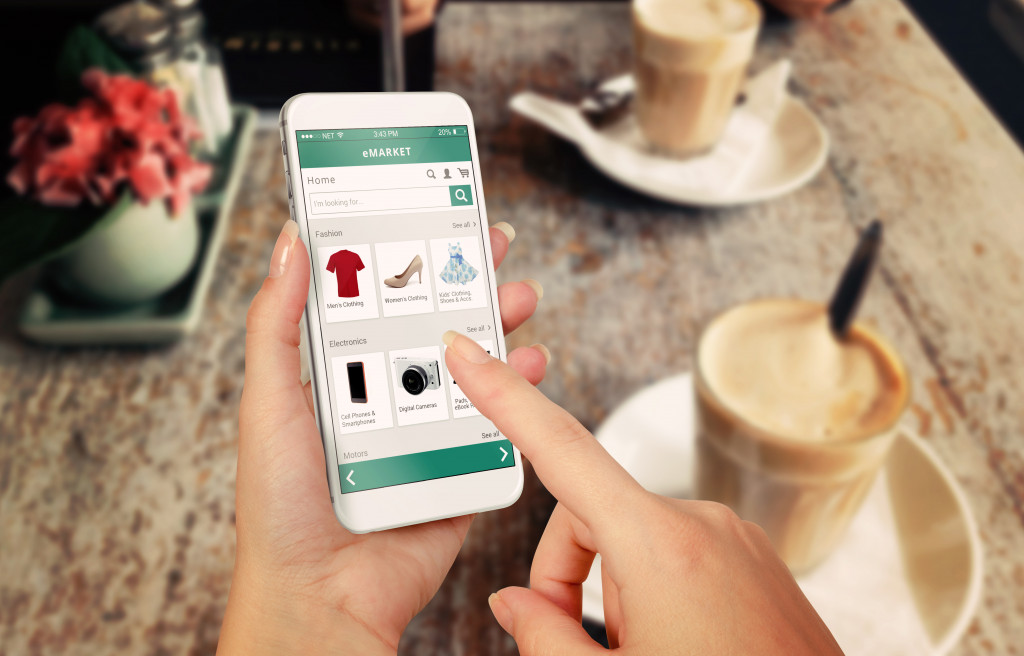The pandemic that’s been going on for the past two years has left no part of everyday life untouched. The new normal has brought up changes in how we communicate, do business and has even affected our mental and physical health. It’s no surprise that a majority of people have undergone tremendous lifestyle changes during this challenging period.
Isolation partnered with new remote work dynamics has led to many people burning out or compromising their work-life balance. As we continue adapting to the never-ending changes brought to us by the new normal, our behaviors as consumers, employees, and individuals of society also continue to change.
During the lockdowns, we’ve seen how important the role of technology has been in helping businesses and essential services continue to meet our needs as consumers. Companies have also taken a page out of silicon valley’s playbook and moved significant chunks of the workforce to work from home as a health and safety measure.
The changes these difficult times have brought out of communities and individuals have often been overlooked. We’ve seen many good and less desirable changes throughout this period, such as an increased focus on the local community, socio-economic factors in healthcare, and convenience. These have led to changes in the business sector and the medical and wellness field.
Working from home
While many companies closed down for a short period at the beginning of the pandemic, those who found themselves requiring workers to work on-site have had significantly higher attrition and lower retention. Employees across multiple industries have assigned the health and safety of themselves and their loved ones as a major priority in the new normal.
This new change in the workforce’s behavior has caused many local and international companies present in the country to establish a remote working setup. Technology, cloud computing, and telecommunications have helped many sectors achieve lower resignation statistics while still keeping productivity at what it was when employees were physically present in the office.
Websites and Mobile apps

When discussing the vitality of convenience to consumers, it’s impossible not to bring up the crucial roles websites and mobile applications have played in various markets. Vaccination roll-outs and local government services have put significantly more effort into a more robust online presence and website interface to keep serving the masses.
The banking and finance industry has also made significant strides to meet market needs by providing up-to-date information regarding the requirements for home loans, auto loans, and lines of credit. They’ve also started developing more secure and easy-to-use mobile apps to transition bulk banking transactions online.
Though these traditional businesses have done a good job at transitioning their business models, mobile app delivery services for groceries and meals, telemedicine, and electronic wallets continue to be ahead of the curve in terms of consumer needs.
Entertainment
The entertainment industry has also made moves to adapt to new daytime and noontime viewership numbers. Viewers at home are now dealing with increased childcare needs, erratic schedules, and heavier workloads. Entertainment on demand has now become the gold standard for at-home entertainment.
The silver screen’s efforts fall short in terms of convenience because the available time off for consumers is no longer an easily predictable pattern. Online streaming services have slowly started making their way to Asia, like Discovery plus, HBO Go, and streaming Netflix.
Allowing consumers to watch according to their schedules made this very business model successful even before the pandemic, that and the development of binge-watching behaviors of subscribers. Spending so much time indoors during lockdowns made finding a convenient form of entertainment essential to unwinding despite the difficult times of the pandemic.
Online shopping
Ecommerce platforms also grew exponentially because of isolation. Lockdowns drove businesses to establish reliable online markets for their products and services when brick n mortar stores were forced to shut their doors. Everything from home appliances, clothing, fitness equipment, and electronics became readily available for consumers through third-party online marketplaces or brand websites.
During quarantine, loungewear specifically saw an increase in popularity, as well as home appliances. This came as a surprise for many businesses because with socialization being so limited, fashion seemed to be at the bottom of the market’s list of things to prioritize.
However, employees also wanted to feel put together during work hours despite staying in their homes due to the remote setup. While appliances that allowed them to make quick and easy meals like air fryers, coffee machines, and microwaves also saw an increase in sales.
It is clear that as convenience continues to grow in importance and becomes the standard for businesses, consumers also develop more and more accustomed to these business behaviors.



